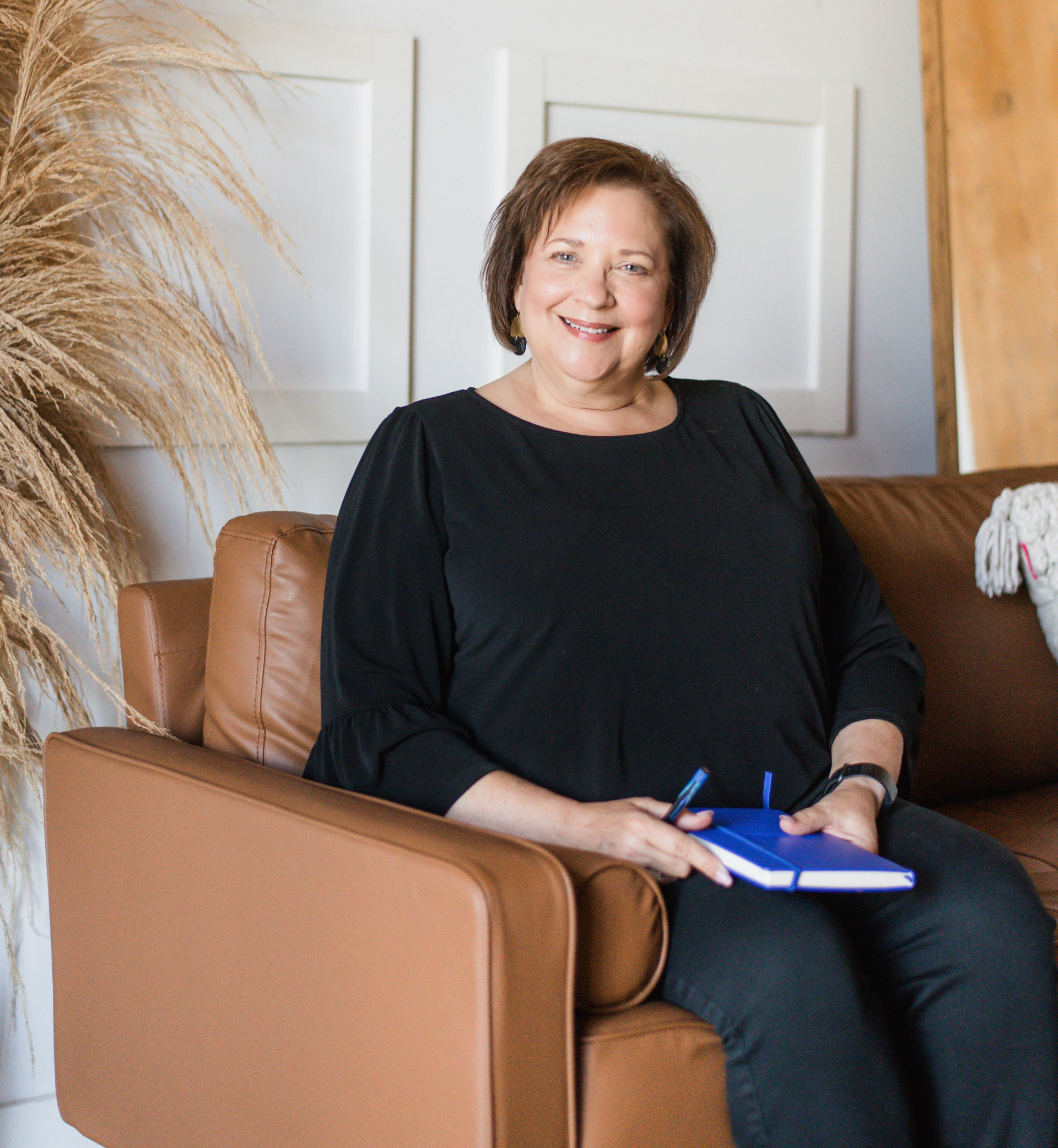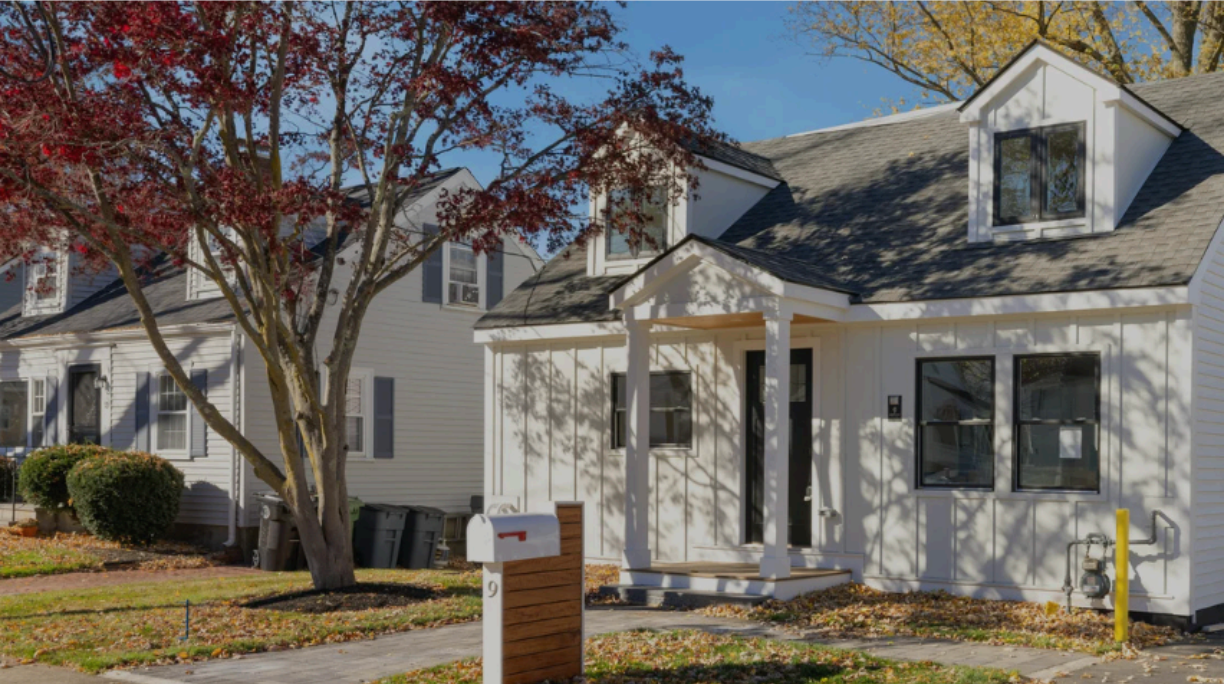Is The BoC Doing Enough?
Christine MacPherson • November 2, 2020
There was no shock and awe in the Bank of Canada’s overall set of communications this morning (here, here and here). In fact, the overall guidance appears to be well short of ‘crushing it’ in my opinion. CAD was little changed in the aftermath of the communications, but it had been depreciating ahead of time with the driver being Covid-19 effects on global risk appetite. The Canada curve was also little affected post-communications with less than a basis point rise in the two-year yield.
Here is what they did on policy measures:
- Purchases of Government of Canada bonds were reduced to “at least” C$4B/week which is down by $1B from previously.
- GoC bond purchases will now be skewed toward longer-term bonds in the 3, 5, 10, 15 and 30 year segments of the curve but with MPR guidance (page 25) that purchases in the 3- to 15-year maturities tend to have the greatest effect on household and business borrowing rates. Watch for the next statements of operational details ahead of the next secondary market purchases of GoC bonds for elaboration on what they are targeting in what proportions.
- Guidance on how long the purchases will continue remains vague and simply states they will continue "until the recovery is well underway." Macklem has previously defined that point to be somewhere between the initial stages of recovery and closure of the output gap, though he did not repeat that today or offer anything else. For modelling their balance sheet I've tended to assume until mid-2021 as a middle ground, but it could be longer.
- Forward guidance was moderately strengthened. They did so by now attaching a statement-codified timeline to the closure of the output gap and achievement of the 2% inflation target sometime in 2023 until which rates will remain on hold. Previously they had indicated they would not hike until this was achieved but did not attach a timeline in the statement. This shouldn’t really surprise many by way of new information. It’s priced, and we had already largely figured this to be roughly the case.
source: Derek Holt, Scotiabank Economics





